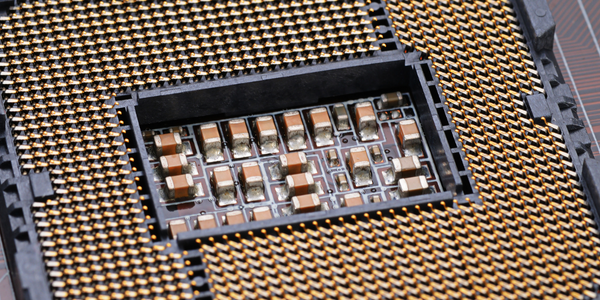下载PDF
Vacuum Pump Solution Avoids Unplanned Downtime and Scrap Events

技术
- 分析与建模 - 预测分析
- 应用基础设施与中间件 - 数据可视化
- 功能应用 - 远程监控系统
- 基础设施即服务 (IaaS) - 其他
- 平台即服务 (PaaS) - 边缘计算平台
适用行业
- 电子产品
适用功能
- 维护
用例
- 预测性维护
挑战
为了扩大运营规模,loT Systems 的客户需要一个系统来监控真空泵,并在任何地方、任何时间和任何设备上以近乎实时的速度为管理人员提供可操作的数据。真空泵是立式炉的一部分,可根据客户的确切规格在精确的温度和压力下制备半导体晶片。如果泵即将发生故障而经理没有看到警报,则可能会导致报废事件,使客户收入损失,因计划外停机而延迟生产,并增加总体制造成本。管理人员无法实时看到警报,除非他们亲自在地板上走动,随着客户规模的扩大,预测性维护和防止报废事件变得更加困难。
客户
未公开
关于客户
生产半导体晶圆的半导体公司。
解决方案
IoT Systems 安装了 SenseQ 边缘计算解决方案。 SenseQ 监控来自泵上传感器的数据,并在数据表明泵即将发生故障时通过电子邮件或 SMS 向管理人员发送警报。 SenseQ 的仪表板可在设备所有者的智能手机或平板电脑上运行,它还允许管理人员在更长时间内可视化来自多个泵的数据,而无需进行物理检查或手动数据输入。这使得可以设置基准并随着时间的推移评估性能,以使以前不可见的信息可见。
收集的数据
Alarms For Automated Applications, Cycle Times, Device Status, Operation Performance, Temperature
运营影响
相关案例.

Case Study
Remote Temperature Monitoring of Perishable Goods Saves Money
RMONI was facing temperature monitoring challenges in a cold chain business. A cold chain must be established and maintained to ensure goods have been properly refrigerated during every step of the process, making temperature monitoring a critical business function. Manual registration practice can be very costly, labor intensive and prone to mistakes.

Case Study
Cloud Solution for Energy Management Platform-Schneider Electric
Schneider Electric required a cloud solution for its energy management platform to manage high computational operations, which were essential for catering to client requirements. As the business involves storage and analysis of huge amounts of data, the company also needed a convenient and scalable storage solution to facilitate operations efficiently.

Case Study
Leveraging the IoT to Gain a Competitive Edge in International Competition
Many large manufacturers in and outside Japan are competing for larger market share in the same space, expecting a growing demand for projectors in the areas of entertainment, which requires glamor and strong visual performance as well as digital signage that can attract people’s attention. “It is becoming more and more difficult to differentiate ourselves with stand-alone hardware products,” says Kazuyuki Kitagawa, Director of Service & Support at Panasonic AVC Networks. “In order for Panasonic to grow market share and overall business, it is essential for us to develop solutions that deliver significant added value.” Panasonic believes projection failure and quality deterioration should never happen. This is what and has driven them to make their projectors IoT-enabled. More specifically, Panasonic has developed a system that collects data from projectors, visualizes detailed operational statuses, and predicts issues and address them before failure occurs. Their projectors are embedded with a variety of sensors that measure power supply, voltage, video input/ output signals, intake/exhaust air temperatures, cooling fan operations, and light bulb operating time. These sensors have been used to make the projector more intelligent, automatically suspending operation when the temperature rises excessively, and automatically switching light bulbs. Although this was a great first step, Panasonic projectors were still not equipped with any capability to send the data over a network.








